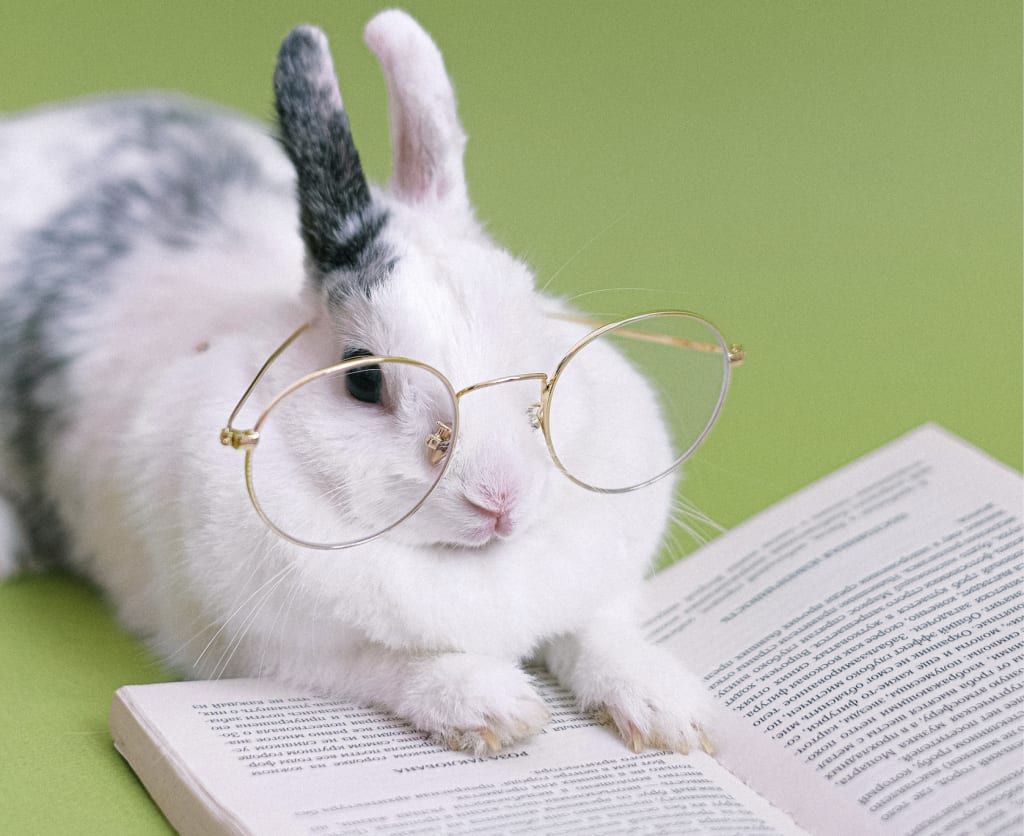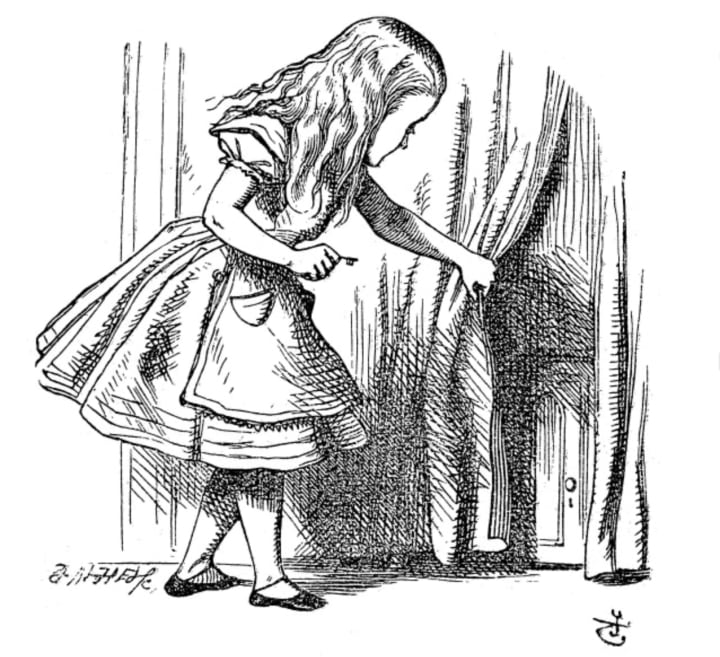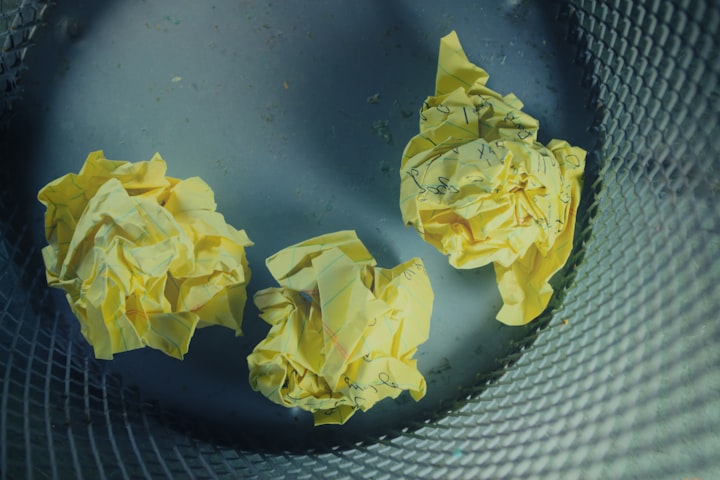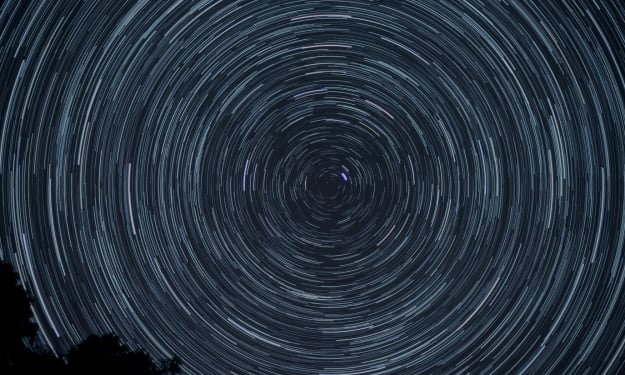Why you should go down that distraction rabbit hole
Curiosity killed the cat. But it makes creatives better.

Every creative needs time to explore.
This is a stage of creative work that from the outside can look a lot like doing nothing. Indeed, it can even feel like that from the inside, if you don’t allow time for it, and you try to push yourself back into ‘productive’ work too quickly.
This is the time to go wide. To just follow your curiosity and your interests, and explore with no particular agenda or result in mind.
It looks a little different for all of us.
But it often includes visiting museums, libraries, archives and interesting or inspiring places. Reading and looking at art/photography books. Going for day-trips or long walks with only your thoughts for company. Allowing yourself to fall down rabbit holes where you research random subjects for no reason except that you’re interested in them.
Depending on your medium, it might involve doodling or making rough sketches; taking your camera out just to see what you see; listening to music outside your usual genres or eras and improvising to them; meeting interesting friends and contacts and seeking out stimulating talks and conversations; playing about with art materials, words, riffs; or simply day-dreaming.

Curiouser and curiouser..
Psychologists call this open, wide exploration phase divergent thinking. I used to see it as my dreamy, pottering about period. On my harsher days, I would think of it as that useless time after finishing a big project when I wasted whole days of precious work-time, and couldn’t seem to focus.
But I’ve come to see that it’s a necessary part of the creative process. The more you fight it, the longer it takes to get something new off the ground. So now I give in to it, and enjoy it.
And as I get older I realise that divergent thinking — all those rabbit holes you fall down, those false starts and dead ends — aren’t wasted at all. Especially if you take notes of your random thoughts, about what resonates with you or interests you, or archive those sketches, photographs, riffs.
They’re all seeds, the germs of ideas. And given time, many of them might combine with other fragments and ideas, and grow into something surprising.
Everything has its cycles and seasons.
Winter is a time of natural rest; spring is when we sow seeds for future harvest. You won’t get bread to rise unless you add the yeast, then leave the dough to prove. And you won’t write your next book, play or film, your next album, find a new creative direction or start an interesting new project without allowing some time — guilt-free — for exploration and divergent thought.
The fear that many of us have is getting stuck in this phase, of never getting back to making our work. It’s important that you are exploring, and seeking out new and interesting things, not just vegging out in front of daytime TV. But it’s also important to trust the process, and believe that something new will unfold.
Stop judging yourself, and stay curious.
Give your inner critic a sabbatical if you can. And slowly, certain ideas, images, beats will start to tug at you. You’ll research or experiment more narrowly. And you’ll decide on a direction to pursue.
Or you’ll get a joyful flash of inspiration when a few of these random and unconnected things you’ve been exploring somehow join together to form an idea, concept or project that excites you.
This rarely happens while you’re at work.
It tends to come in the shower, on a walk, when you’re doing something completely different. But your subconscious has been quietly processing all the new inputs you’ve given it, while you’ve been exploring.
Then you shift to much more concentrated, convergent thinking. This is when you eliminate distractions, instead of giving into them. You simplify your idea, and often narrow down the scope until it feels like something you can execute and deliver.
Then you focus. And you begin.
A final note:
You might also be interested in the full version of that old saying about nosiness killing our feline friends: “Curiosity killed the cat, But satisfaction brought it back.”
•••
Sheryl Garratt is a writer, and a coach helping experienced creatives of all kinds get the success they want, making work they truly love. Get The Creative Companion, my bi-weekly email packed with articles, links and resources for creative professionals. (Or those who want to be.) It’s free!
About the Creator
Sheryl Garratt
Sheryl Garratt is a former editor of The Face and Observer magazines, and has written professionally for more than 30 years. She is also a coach working with creatives of all kinds. Find her at thecreativelife.net






Comments
There are no comments for this story
Be the first to respond and start the conversation.